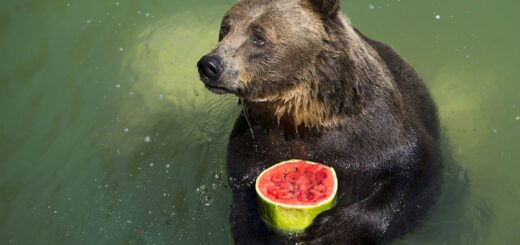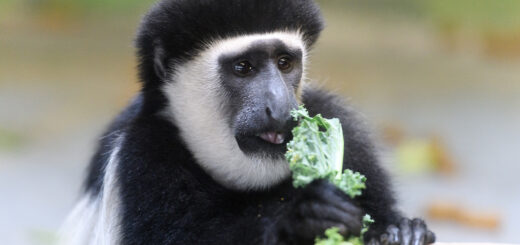Initial draft:
23 Sept 2015
SC reviewed and approved:
8 Oct 2015
Download the formatted document here (PDF).
Introduction. The purpose of this document is to assist AZA facilities to develop protocols and procedures to ensure animal food supplies remain consistent and safe through a possible HPAI outbreak. The guidelines herein are not required, but serve as a template for possible preparation for, or in response to, an outbreak. With the help of these guidelines, individual institution protocols and procedures should be based on the zoo’s philosophy, location, and local/state regulations. Not every zoo will approach this situation the same way, because not every zoo will be faced with the same situation. The goal is to reasonably and practically provide the safest food supply for the animals in our care through the impending HPAI event, and into the future HPAI cycle (which may last years).
Background. It is important that zoos know the details of the chain of custody associated with their food. This involves asking questions to vendors or even site visits, to ensure we understand where food items originate and how they are handled before they arrive at the zoo. Perhaps the best way to accomplish this is to conduct a survey of current feed suppliers to determine their existing biosecurity measures, preparedness for HPAI, and consideration of Hazard Analysis Critical Control Point (HACCP) plans for their operations (Figure 1). In addition to existing vendors, any new vendors that may supply feeds should undergo similar evaluation. The evaluation questions can be based on the item(s) in question from each vendor. Based on the responses to the questions and the preparations for the zoo as a whole, vendors may be requested to maintain their operation “as is” (notifying us of any changes), adjust operations to heighten biosecurity according to specifically requested issues, or eliminated from providing food items to the zoo.
Protocol. The protocol for food biosecurity varies based on the proximity of a HPAI outbreak to the zoo in question (Table 1).
Table 1. Food biosecurity measures based on risk level.
| Proximity | General Procedures | |
| Level I | Global / Domestic | Standard handwashing, evaluation of feed vendors |
| Level II | Region | Above, foot bath use employed in food prep areas where poultry, poultry products are handled |
| Level III | State / Part of State | Above, avian food prep areas are quarantined to only those staff approved to enter biosecure areas (no vendors allowed to enter commissary or other avian food prep area; volunteers, interns, etc screened for avian contact). Those with avian collections (defined as a bird or birds) are required to implement change-in-change-out procedures prior to avian food prep. Use of any uncooked poultry items not verifiably frozen prior to initiation of Level 3 is prohibited. |
| Level IV | On zoo grounds | Above. Response will be altered based on location of outbreak, most likely avenues of transmission, etc. |
Figure 1. Questions used to evaluate biosecurity and HPAI preparedness for feed vendors associated with high risk feed types.
Eggs:
- From where do you source your eggs (name, location, address)?
- Does that facility have a HACCP program or HPAI protocol in place? If yes, share.
- Do YOU have a HACCP program or HPAI protocol in place? If yes, share.
- Is the packaging material (egg crates) single use, one way?
Poultry:
- From where do you source your poultry (name, location, address)?
- Does that facility have a HACCP program or HPAI protocol in place? If yes, share.
- Do YOU have a HACCP program or HPAI protocol in place? If yes, share.
- Is live poultry ever transported with other items on transport trucks?
If the name and contact information of the source supply is available, ask:
- HACCP or biosecurity plan? Share, please.
- Do you transport live birds with anything else?
- Do you have your own transport vehicle, or does a common hauler visit your operation and others?
Rodents/Rabbits/Crickets/Mealworms:
- From where do you source your animals (name, location, address)?
- Does that facility have a HACCP program or HPAI protocol in place? If yes, share.
- Do YOU have a HACCP program or HPAI protocol in place? If yes, share.
- Is live poultry ever transported with other items on transport trucks?
- Is there any live or fresh poultry on your facility grounds, ever?
- Is any avian-sourced fertilizer used on your grounds?
- Is your operation near poultry facilities? This is – at a facility, less than 5 miles, 5-25 miles, greater than 25 miles.
Same questions as above go to the source, if source information is available.
Additional resources:
http://zahp.aza.org/wp-content/uploads/2015/06/HPAI-Checklist-final.pdf









